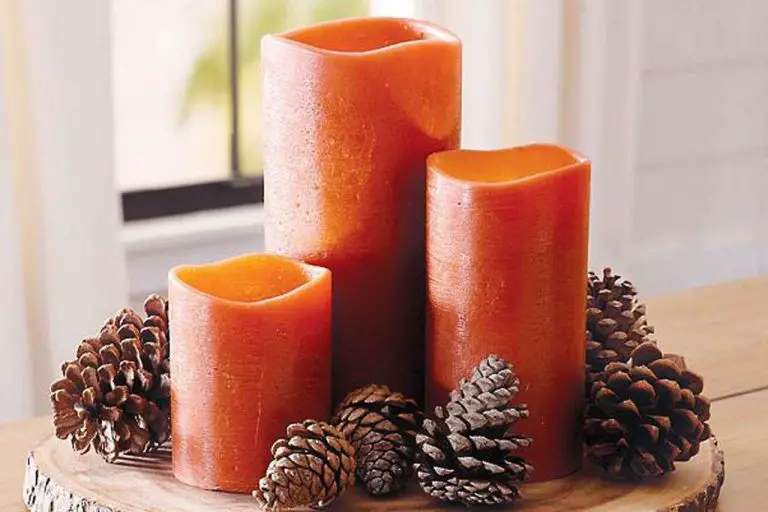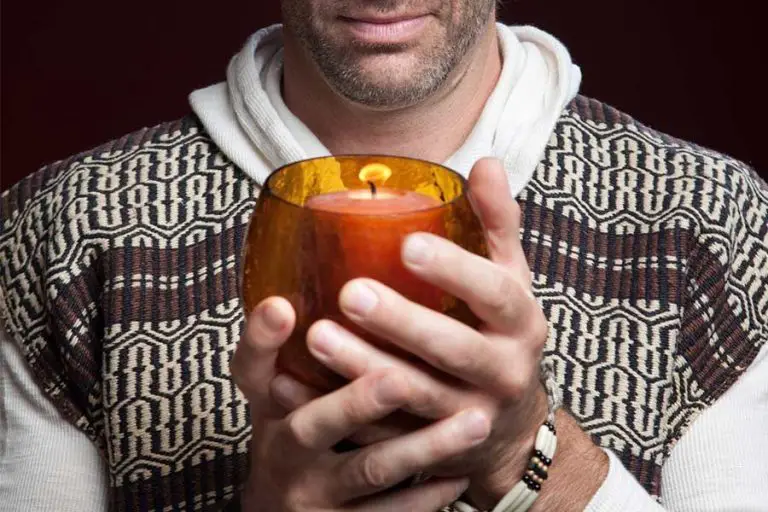Are Candles In High Demand?
Candles have been a source of light and fragrance for thousands of years, but over the past decade they have seen a major resurgence in popularity. The global candle market has grown to an estimated $11 billion industry today (source). In the U.S. alone, retail sales of candle products top $3 billion annually and continue to rise (source). The candle industry has benefited from innovations in candle wax blends, scents, packaging and marketing. Consumer demand for candles spans demographics and occasions from daily home use to holidays and special events. Scented candles in particular have become a popular way to create ambiance and introduce fragrance into homes and commercial spaces. This article explores the evolution of the candle industry and evaluates the current trends shaping demand in this age-old but fast-growing market.
History and Evolution of Candles
The earliest origins of candle making date back to ancient civilizations like Egypt, Rome, and China, where candles were made by dipping pithy plant materials like reeds and rushes in melted tallow (animal fat). Archaelogical evidence shows that these early candles were used for lighting as early as 3,000 BC. Candles then evolved to cylindrical shapes made of beeswax and tallow in ancient Rome and Greece.
Candle making further developed in Europe during the Middle Ages, where they were made from various forms of animal fat. Candles became an important source of lighting in American colonies in the 1700s. During the 1800s, different materials began to be used, like spermaceti (whale oil), stearin (from animal fat), and paraffin (from petroleum).
Major innovations in the 1900s contributed to automated candle making methods and introduced modern wicks and dyes. In the 1990s and 2000s, there was an explosion in artisanal and scented candle varieties. Today, innovations continue through novel candle materials, shapes, scents, and technology like LED candles.[1]
Current Candle Industry Trends
The candle industry has seen steady growth over the past decade. According to a report by Transparency Market Research, the global candle market was valued at $11.2 billion in 2021 and is projected to reach $16.7 billion by 2031, growing at a CAGR of 7.5% from 2022 to 2031.
Some key statistics on current sales and revenue in the candle industry:
- North America accounted for the largest revenue share at 32% in 2021.
- Scented candles made up the largest product segment at 47% market share.
- Online retail was the largest distribution channel at 34% market share in 2021.
Over the past 5 years, the candle industry has experienced healthy growth rates between 5-8% annually. This steady upward trend is expected to continue, with projected growth rates around 7-9% annually over the next 5-10 years according to Transparency Market Research.
Driving this growth are factors like increasing consumer demand for home fragrance products, growth of the gifting market, and innovations in candle styles, scents, and ingredients. The industry is also benefiting from expanded retail distribution and e-commerce channels making candles more accessible to consumers.
Factors Driving Candle Demand
There are several key factors that are fueling the continued growth and popularity of candles:
One major driver is the desire for home decor and ambiance. Scented candles have become a popular decorative accent for the home, allowing consumers to create a cozy and inviting atmosphere. Market research indicates that millennials in particular are embracing candles as part of their interior design aesthetic (source).
Another significant factor is gift-giving occasions. Candles make for popular gifts for birthdays, holidays, and other events. Their wide appeal and ability to convey thoughtfulness have made them a gift-giving staple. Sales data shows major spikes during holiday seasons as people purchase candles as gifts (source).
Finally, the aromatherapy and self-care trends have also fueled candle demand. Scented candles are viewed as an affordable and accessible way to practice mindfulness, relaxation, and self-care at home. Consumers have embraced candles as part of their personal wellness routines. Market research has found increasing consumer interest in candles with specific therapeutic benefits (source).
Consumer Demographics
Research indicates that the majority of candle buyers are women. According to the National Candle Association, nearly 75% of all candle purchases are made by women. Women have been the dominant consumers in the candle market.

In terms of age demographics, a study by The NPD Group found that the biggest buyers of candles tend to be younger or older consumers. The under 25 and over 55 age groups purchase the most candles. Middle age groups between 25-54 purchase fewer candles in comparison.
Other research by Kline & Company indicates that consumers aged 45-54 represent the largest demographic, making up 25% of total candle buyers. Baby boomers over 55 are also major purchasers.
Overall, the typical candle buyer tends to be female between the ages of 25-55. Both younger and older consumers are driving growth, while middle age groups purchase fewer candles. Within the female demographic, baby boomers over 55 are significant consumers along with women under 25.
Sources:
Seasonal Trends in Candle Sales
The candle industry experiences significant spikes in sales during major holidays. According to the National Candle Association, approximately 35% of annual candle sales in the U.S. occur during the winter holiday season between November and January [1]. Christmas and Hanukkah generate the highest demand, with scented holiday candles like pine and cinnamon selling especially well. Retailers also see large candle sales on Valentine’s Day, Mother’s Day, and Father’s Day.
Seasonal aroma trends are common in the candle market. Retailers produce special seasonal scented candles that align with the time of year. Warm scents like pumpkin and apple tend to sell best in the fall, while floral and fresh scents peak in spring. Limited edition seasonal scents help drive excitement and sales.
Innovations in Candle Products
The candle industry continues to innovate with new scents, designs, ingredients, and smart technology. Some of the latest trends include:
Novel Scents and Ingredients: Brands are moving beyond traditional floral and food-inspired scents to more unique options like campfire, wet stone, and morning fog. There is also a rise in natural ingredients and essential oils for a more authentic, cleaner burn (https://www.candlescience.com/new-products/).
Artistic Designs: From sculptural shapes to elegant containers, candle designs today elevate them to art pieces and home decor. Popular looks include geo-shaped vessels, tie-dye effects, marble or stone-like finishes, and 3D encased botanicals (https://www.lafco.com/scented-candle).
Smart Technology: Some companies now offer app-connected candles that let you personalize scheduling, lighting, scent mixing, and more using your smartphone.
With innovations in fragrance, design, and functionality, today’s candles provide sensory experiences that appeal to diverse consumer interests and trends.
Major Candle Brands and Retailers
The candle industry is dominated by a few major players who lead in sales and distribution. According to Business Insider, some of the top candle brands and where to buy them are:
Nordstrom (https://www.businessinsider.com/guides/home/best-places-to-buy-candles): Carries a vast selection of luxury and premium candle brands including Jo Malone, Otherland, Diptyque, Replica, Le Labo, Voluspa, and more.
Sephora (https://www.businessinsider.com/guides/home/best-places-to-buy-candles): Offers an assortment of scented candle brands such as Nest New York, Voluspa, and Boy Smells.
Yankee Candle (https://reviewed.usatoday.com/home-outdoors/features/best-candle-brands-buy-online): The market leader in candle sales with a 32% share in the US as of 2022. Known for its wide variety of scented jar candles.
Other top players include Bath & Body Works, Chesapeake Bay Candle, and Slatkin & Co. Independent and artisanal candle makers are also gaining market share through Etsy, Farmer’s Markets, and boutiques.
Sustainability and Candles
Sustainability has become an important factor for many consumers when purchasing candles. There has been a shift towards using more environmentally friendly and ethically sourced materials in candle making.
Many candle manufacturers are now using natural plant-based waxes like soy, coconut, rapeseed, and palm wax as alternatives to paraffin wax, which is made from petroleum. Soy wax in particular has become popular as it is renewable and biodegradable (Source 1). Coconut and rapeseed wax are also gaining ground as eco-friendly options.
Beeswax is another natural wax praised for its sustainability, as it can be ethically harvested without harming bee populations. There are a number of candle brands that use 100% beeswax and promote fair trade practices with their beekeepers (Source 2).
In addition to wax, the wicks and vessels used are important sustainability considerations. Brands are innovating with recycled and biodegradable materials to improve the carbon footprint of their candles.
Overall, there is a clear emphasis on environmentally-conscious practices and transparency around sourcing in the modern candle industry, meeting demand from conscientious consumers.
Future Outlook
The candle industry is expected to continue experiencing strong growth in the coming years. According to Grand View Research, the global candle market is projected to reach $20.09 billion by 2030, growing at a CAGR of 5.7% from 2023-2030.
This growth will likely be fueled by continued product innovation and an expansion into new consumer demographics. Companies are expected to develop more premium and luxury candle options, as well as candles tailored to men’s preferences. There will also be a focus on sustainability, with more plant-based and recyclable candle products entering the market.
Emerging demographic segments such as Millennials and Gen Z consumers present major opportunities for candle brands. These younger buyers tend to purchase more scented candles compared to older generations. Marketing to their preferences for unique scents and experiential products will be key for capturing more growth.
Overall, the candle industry will remain dynamic and continue satisfying diverse consumer demands through creativity and staying ahead of evolving trends.




